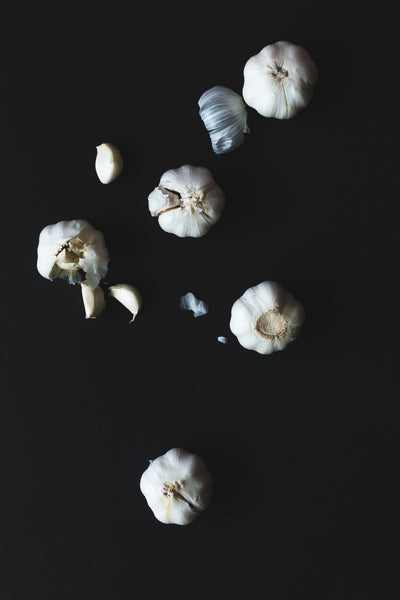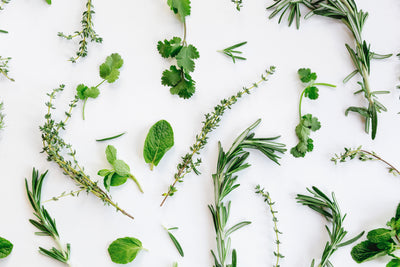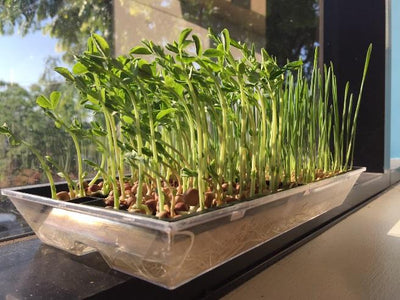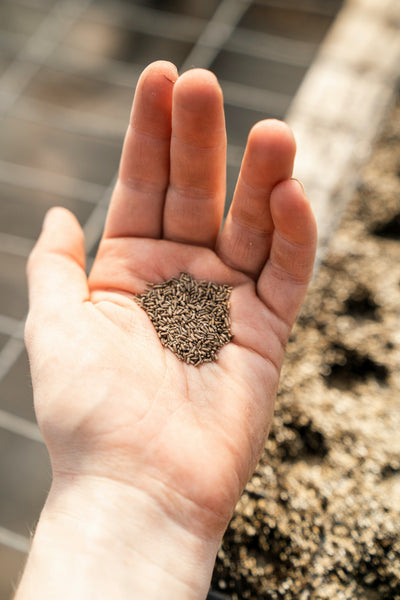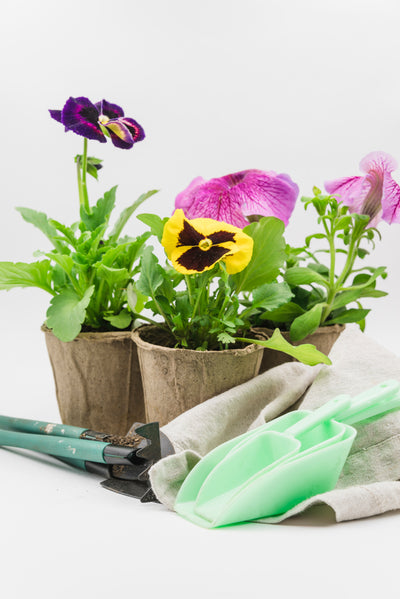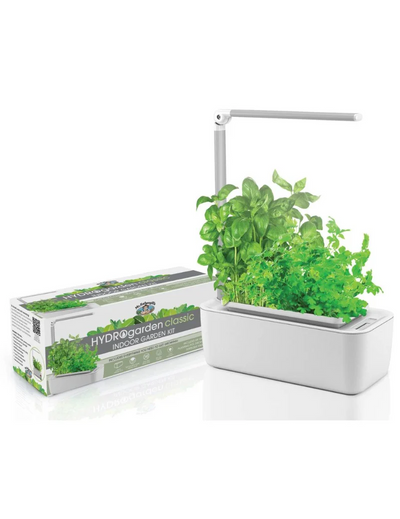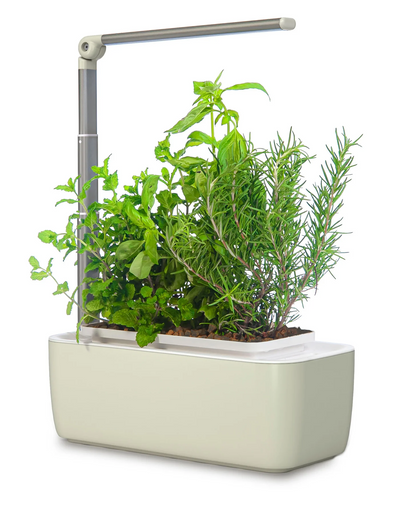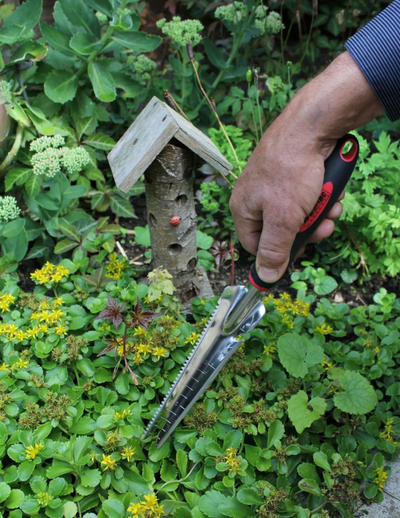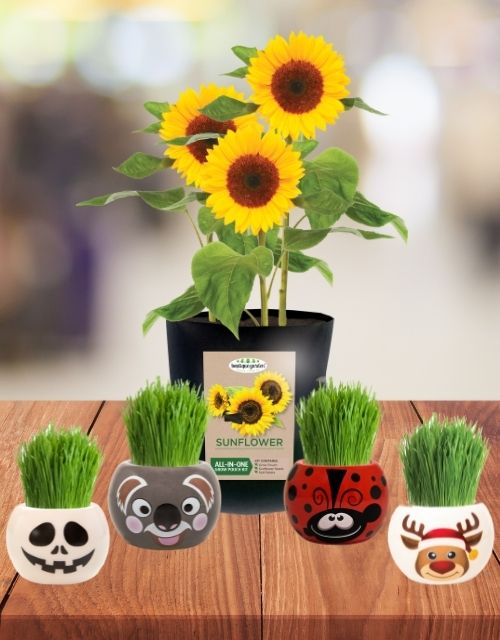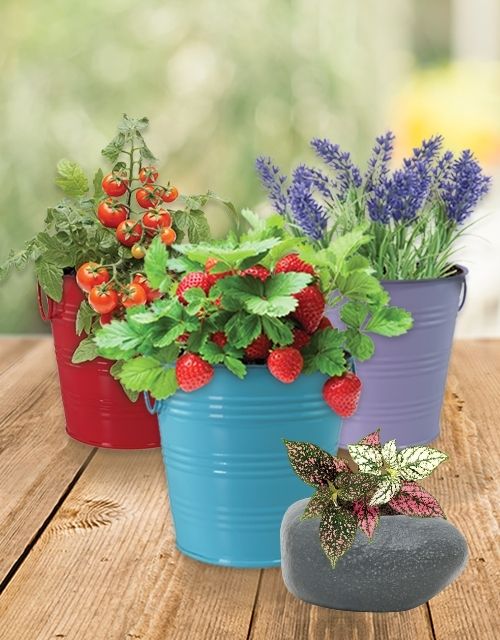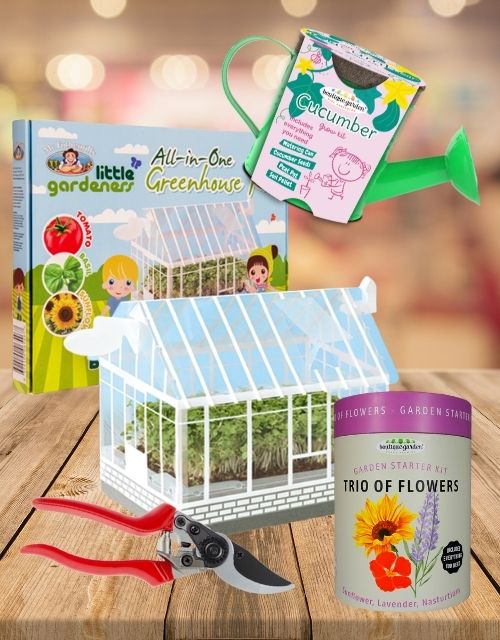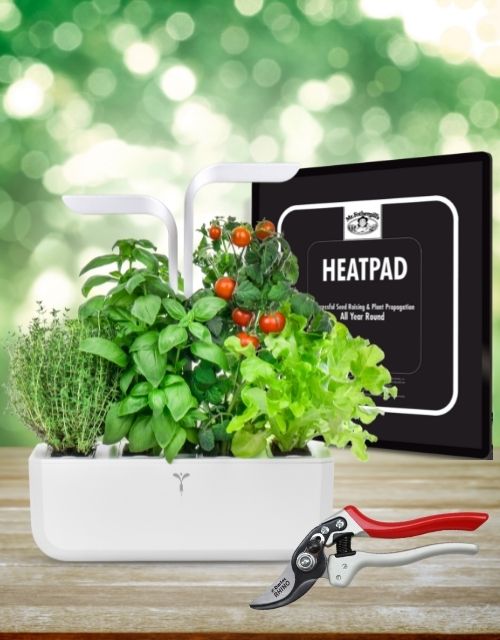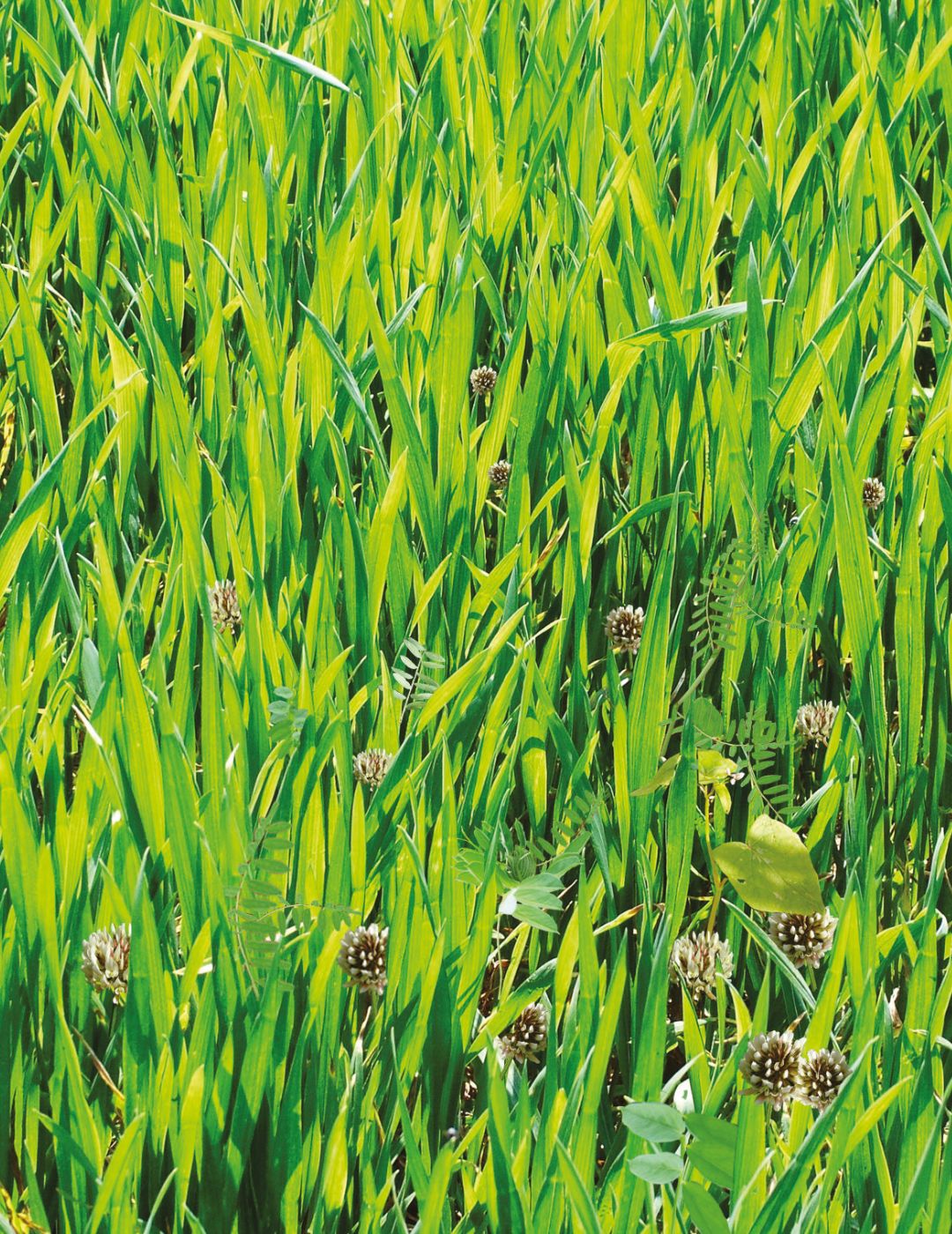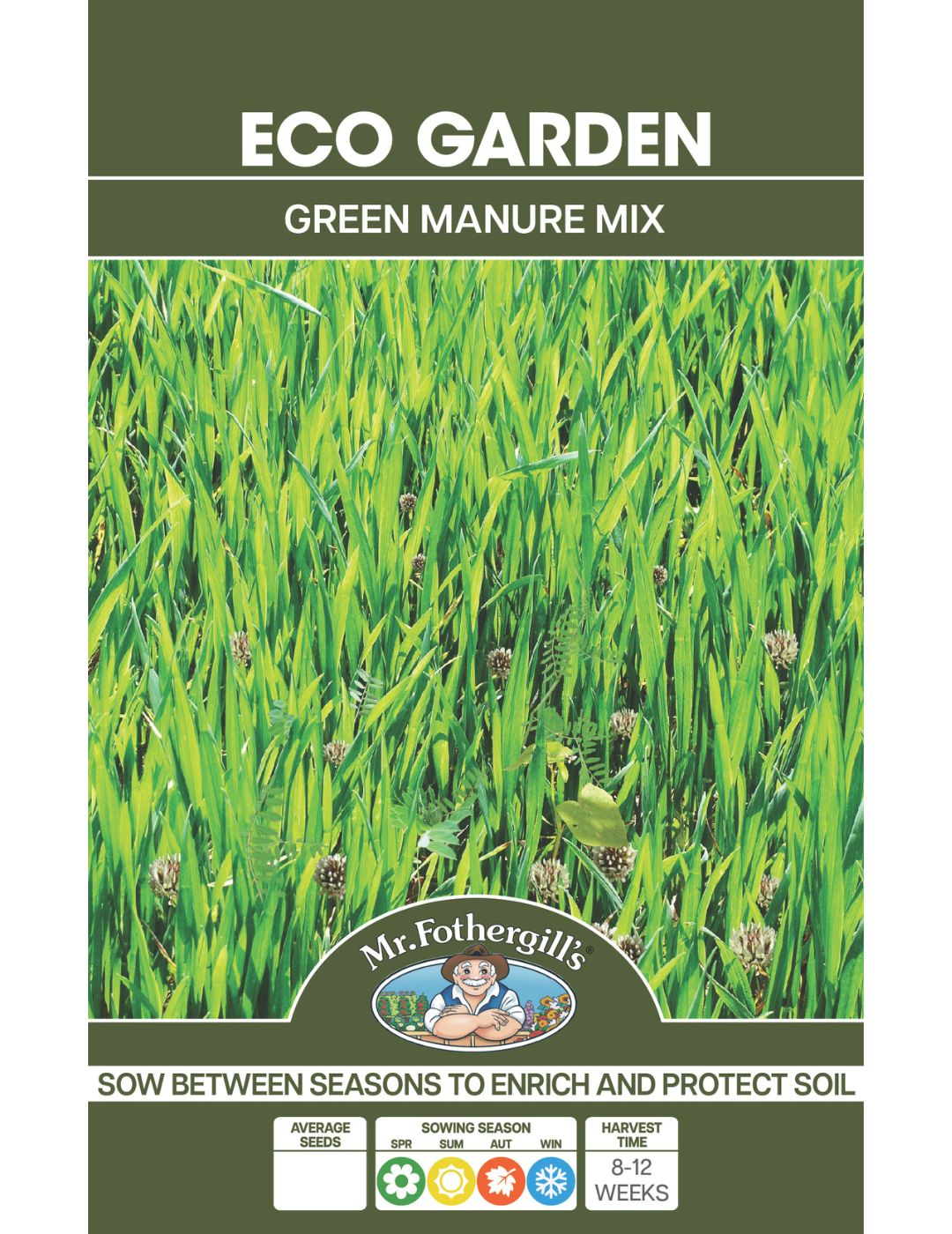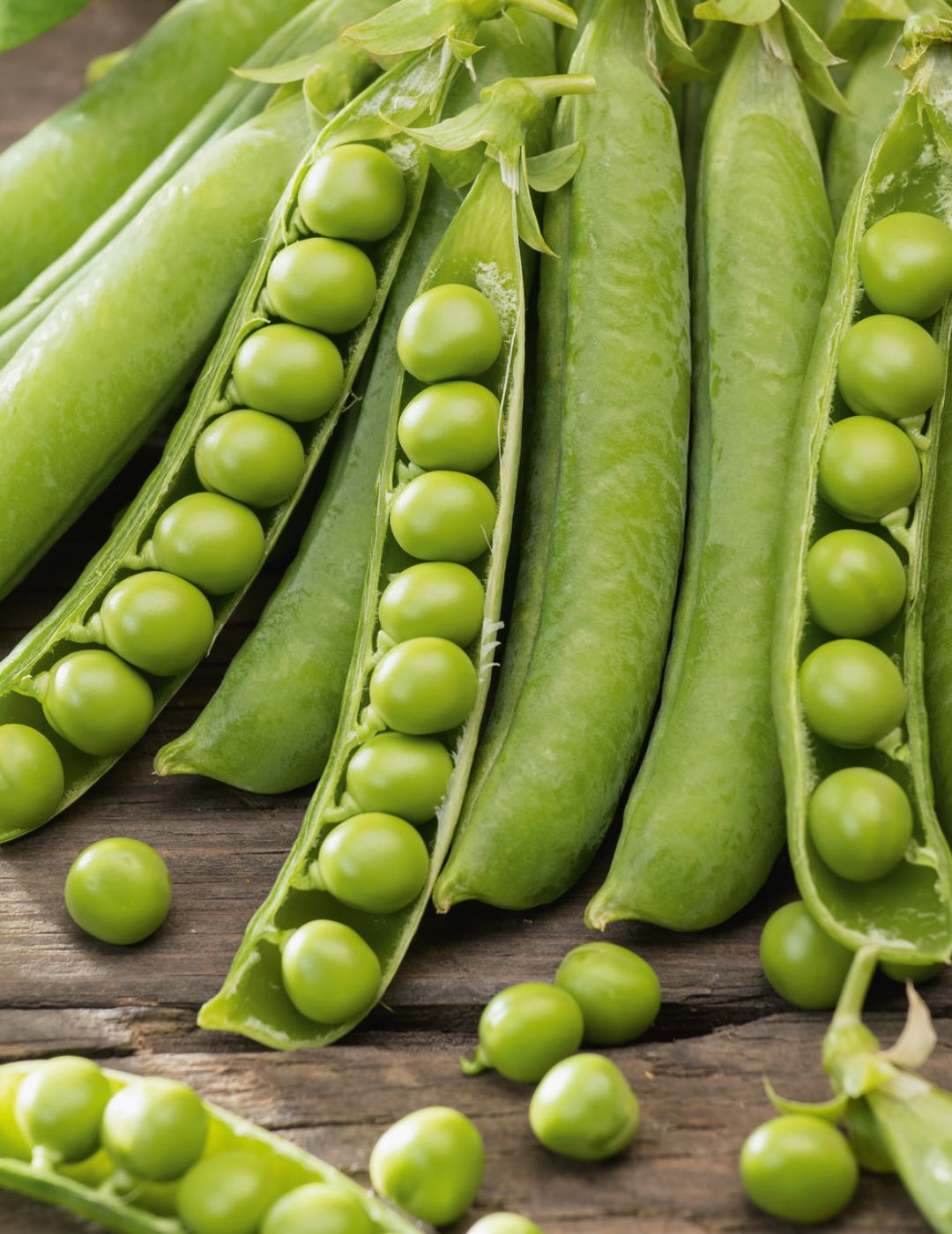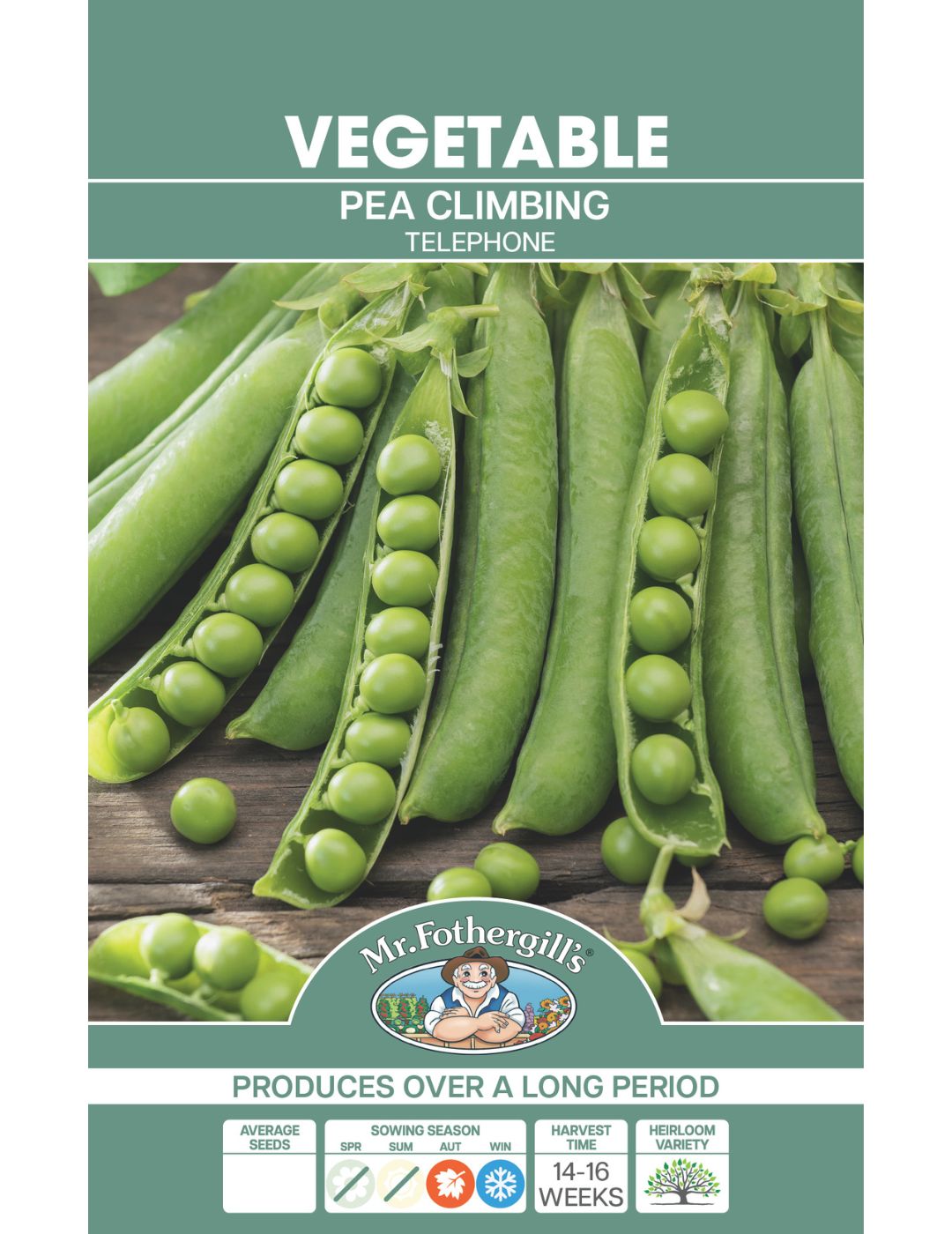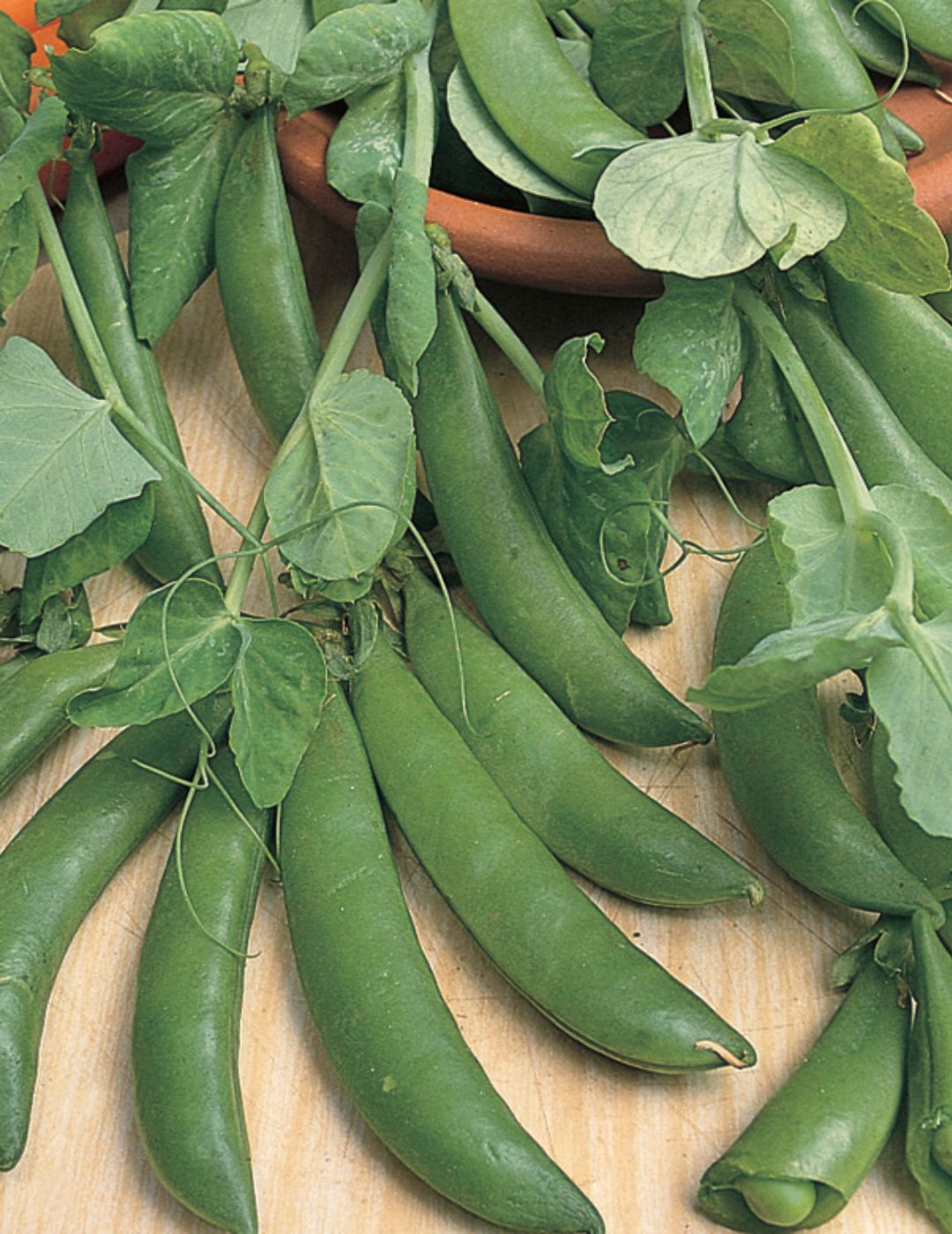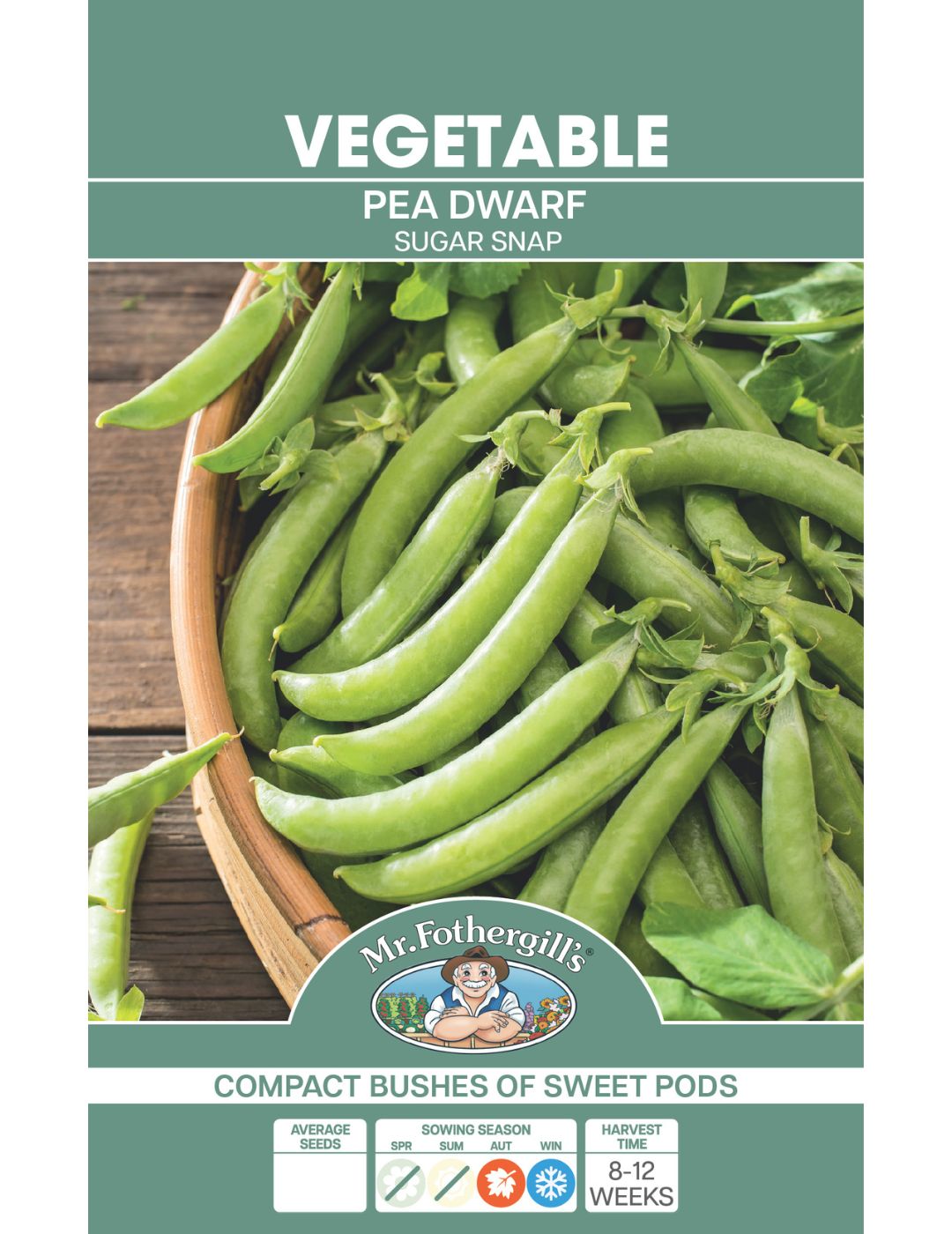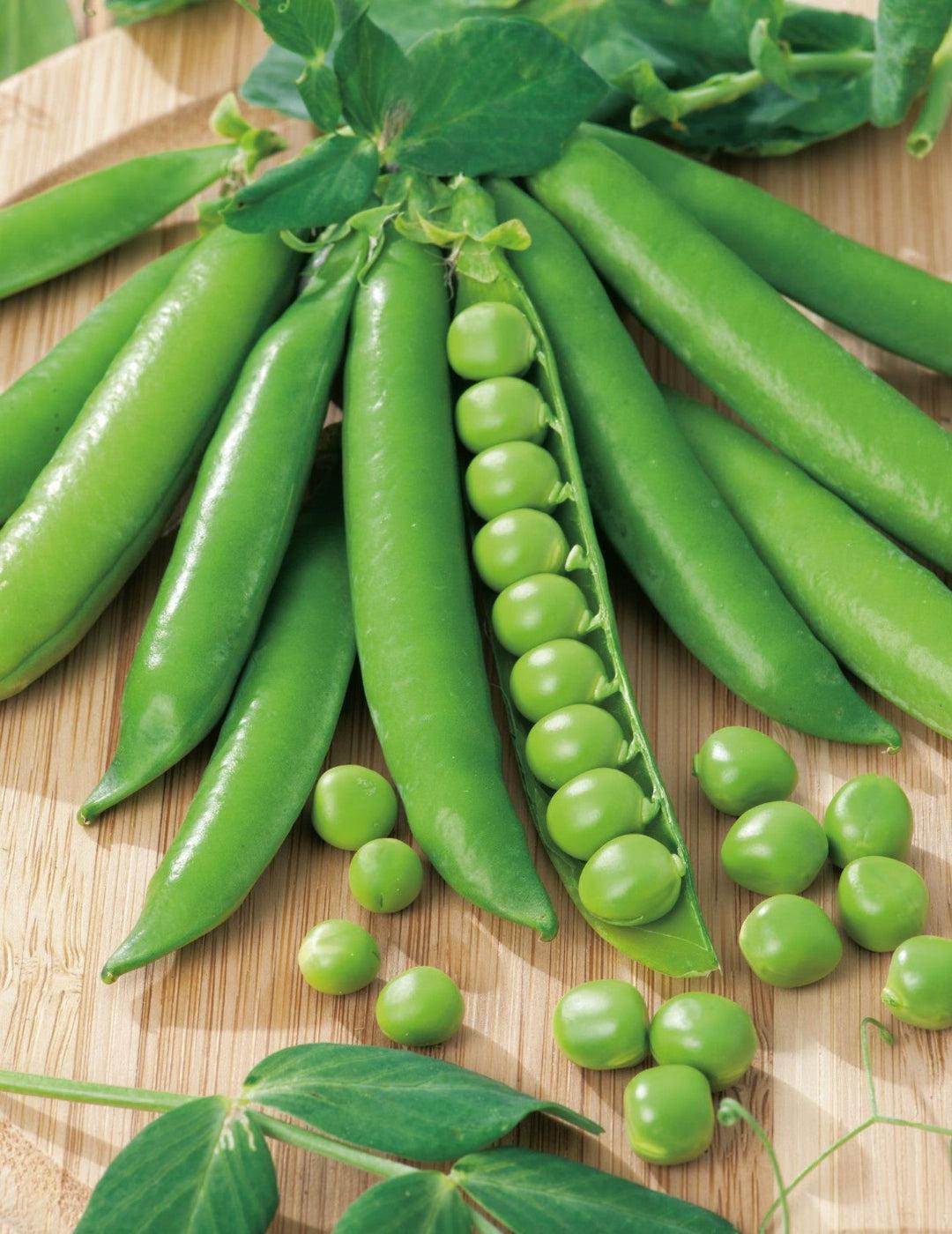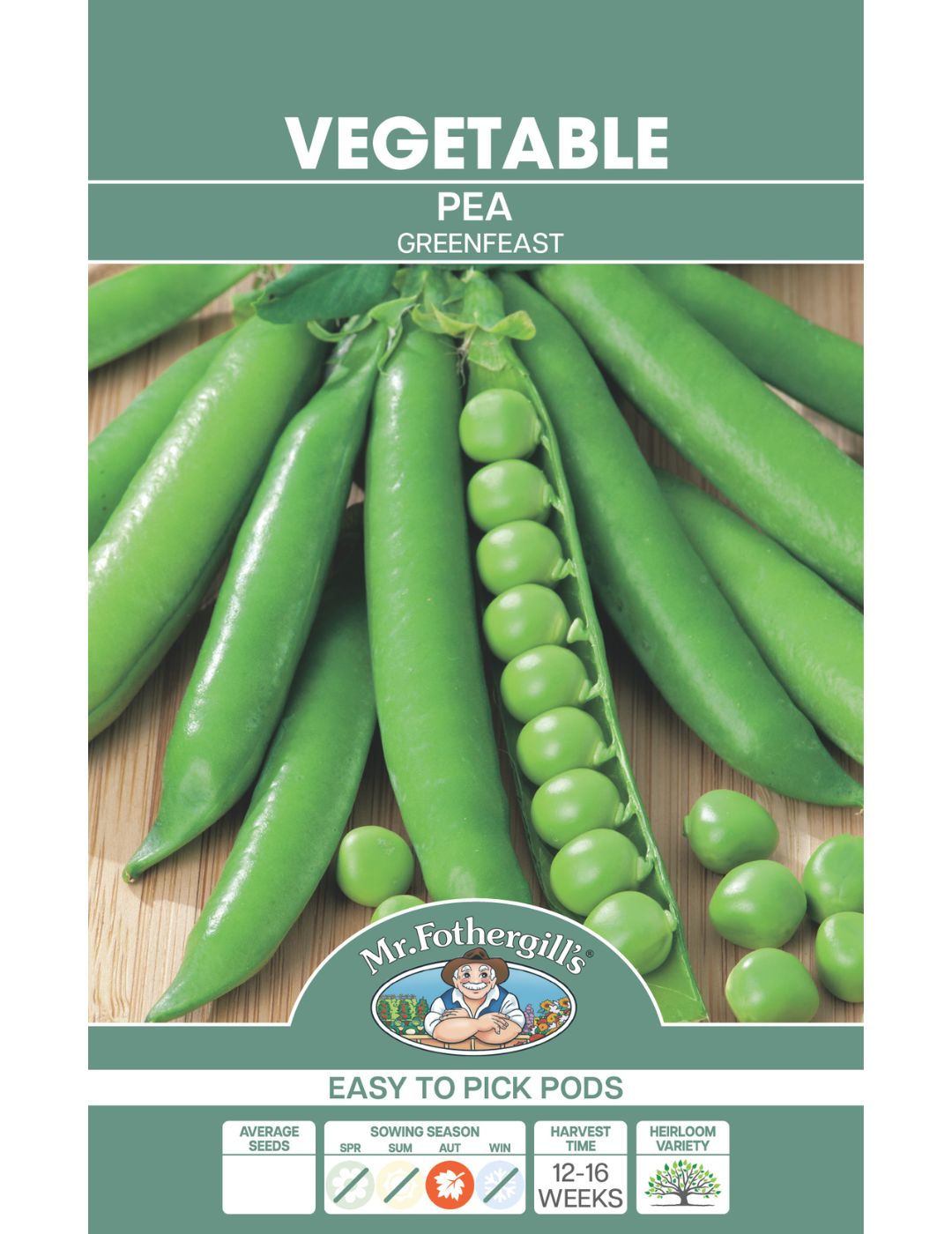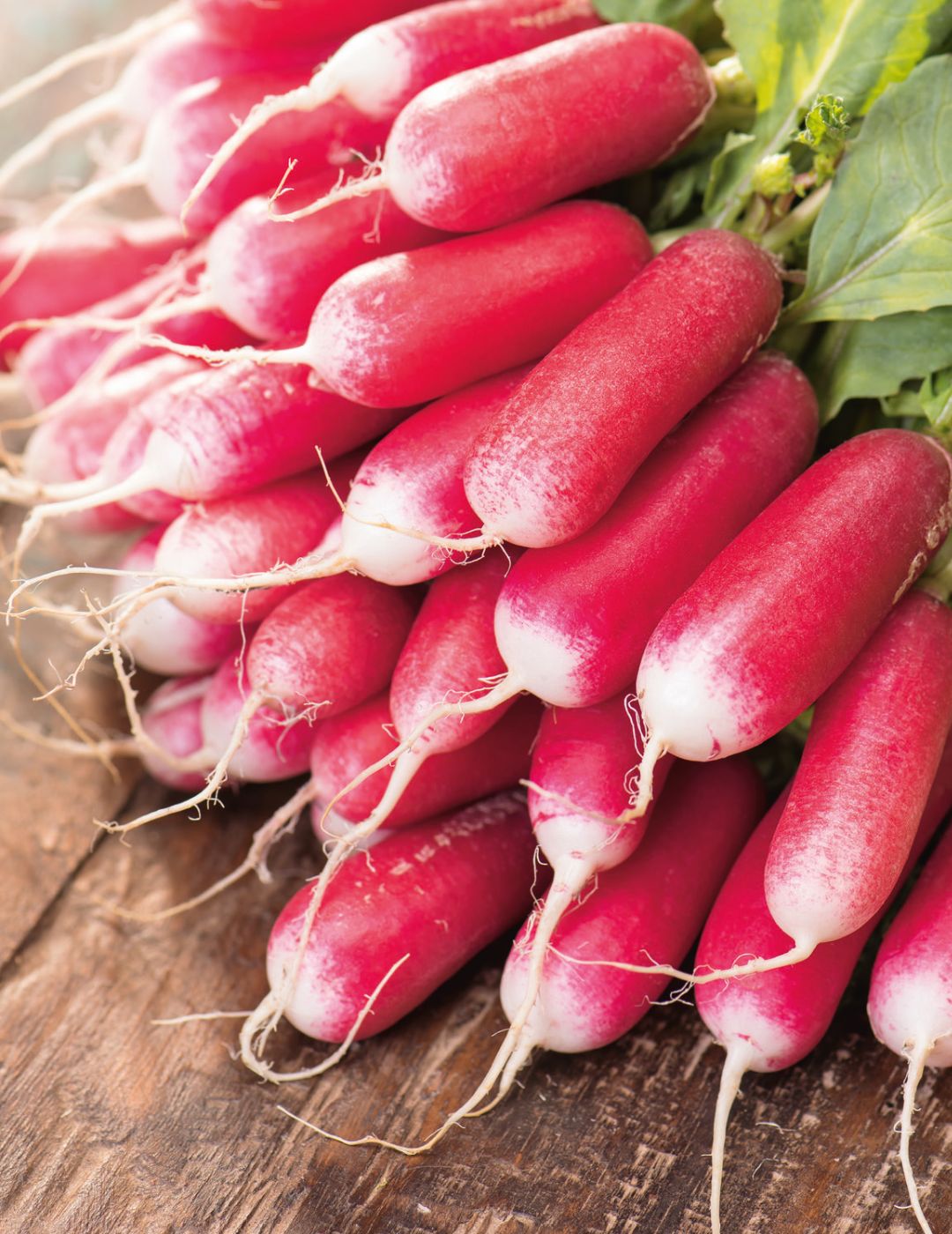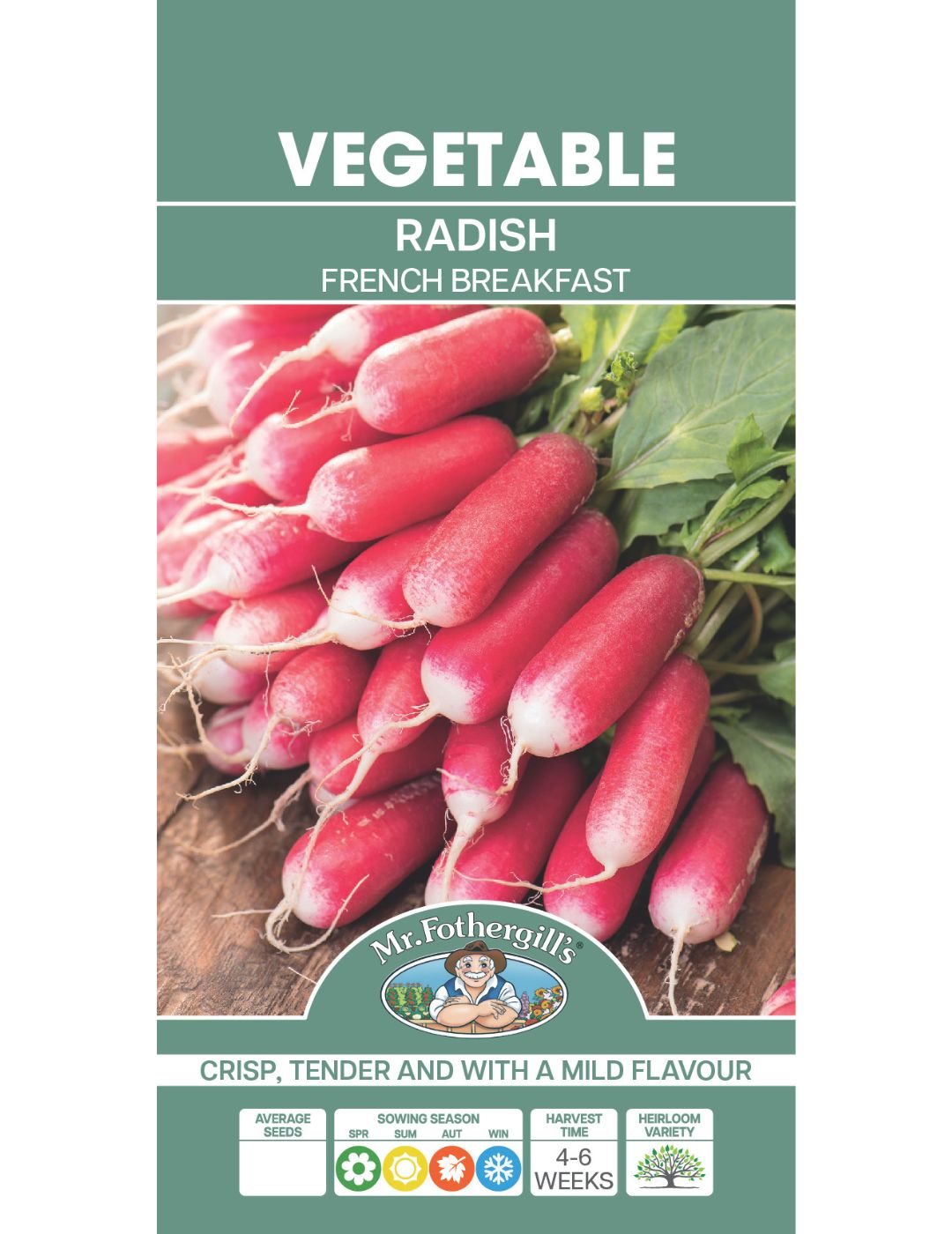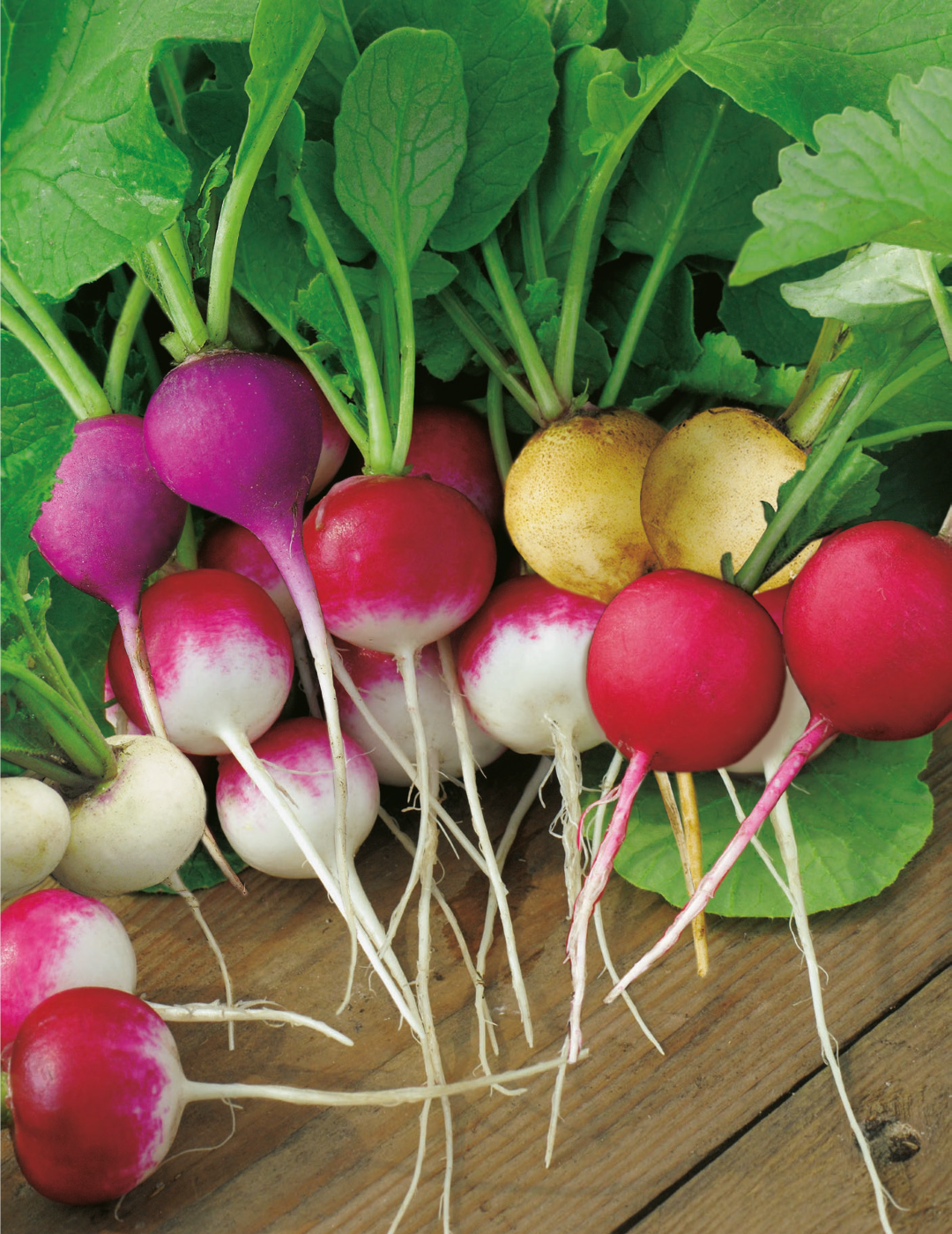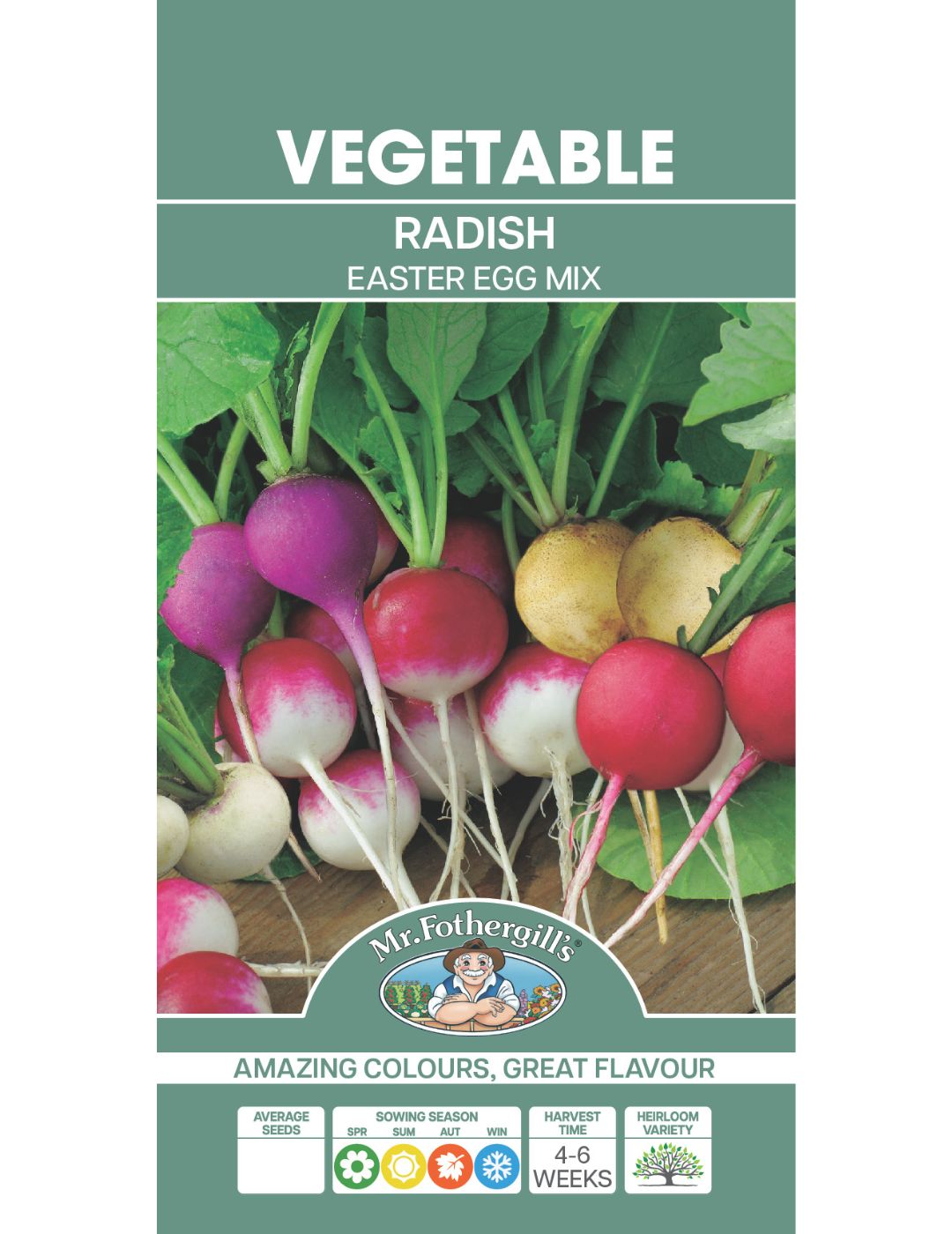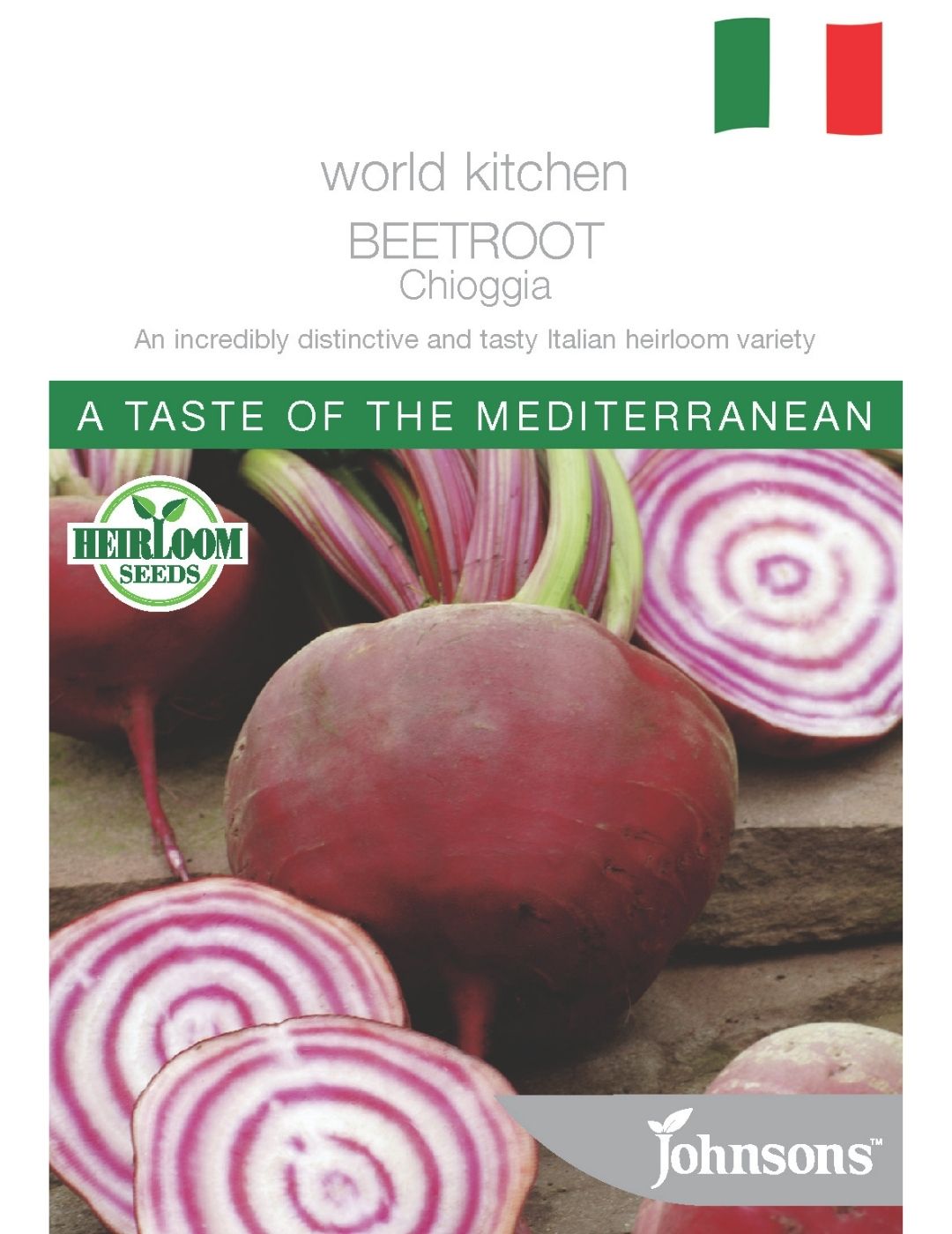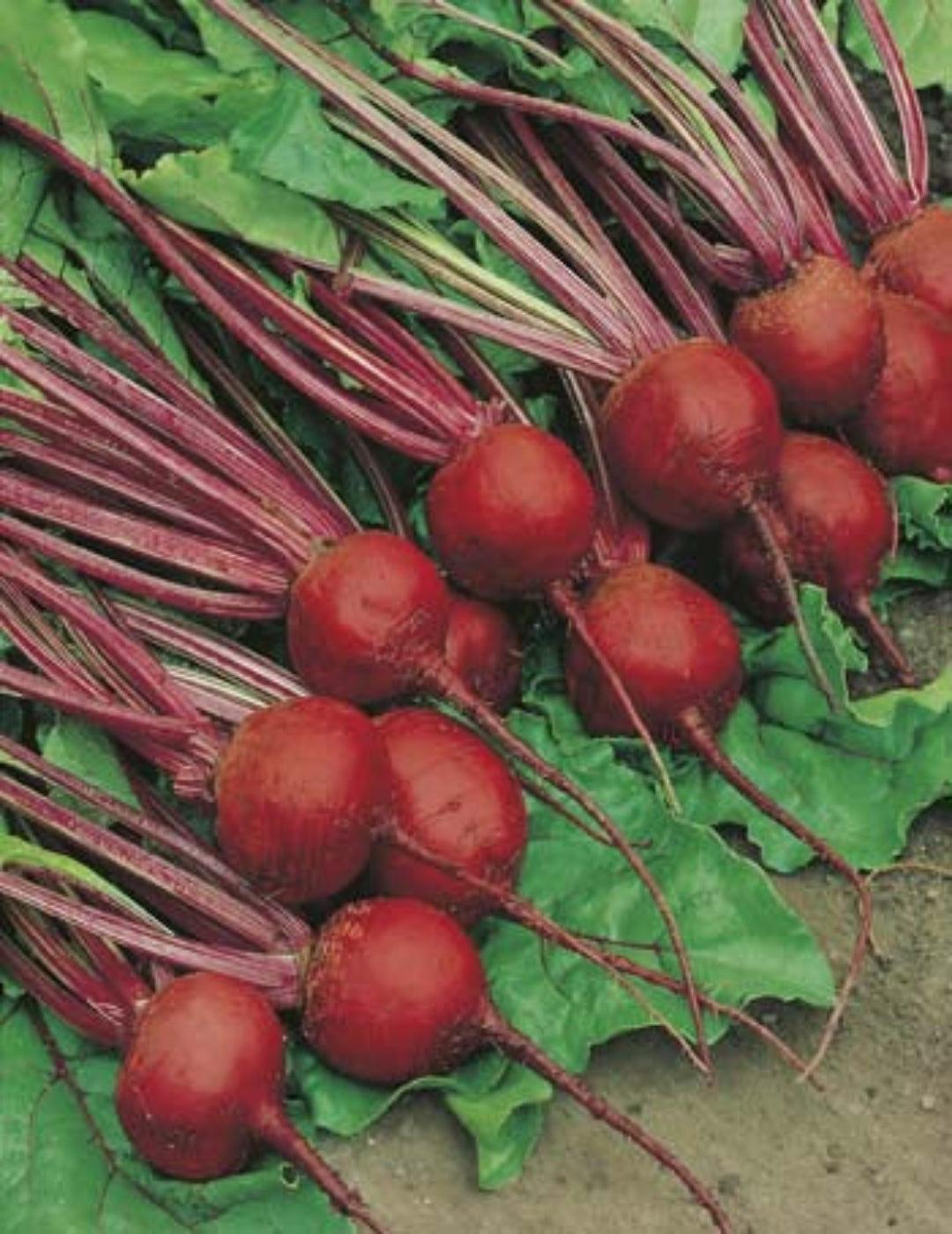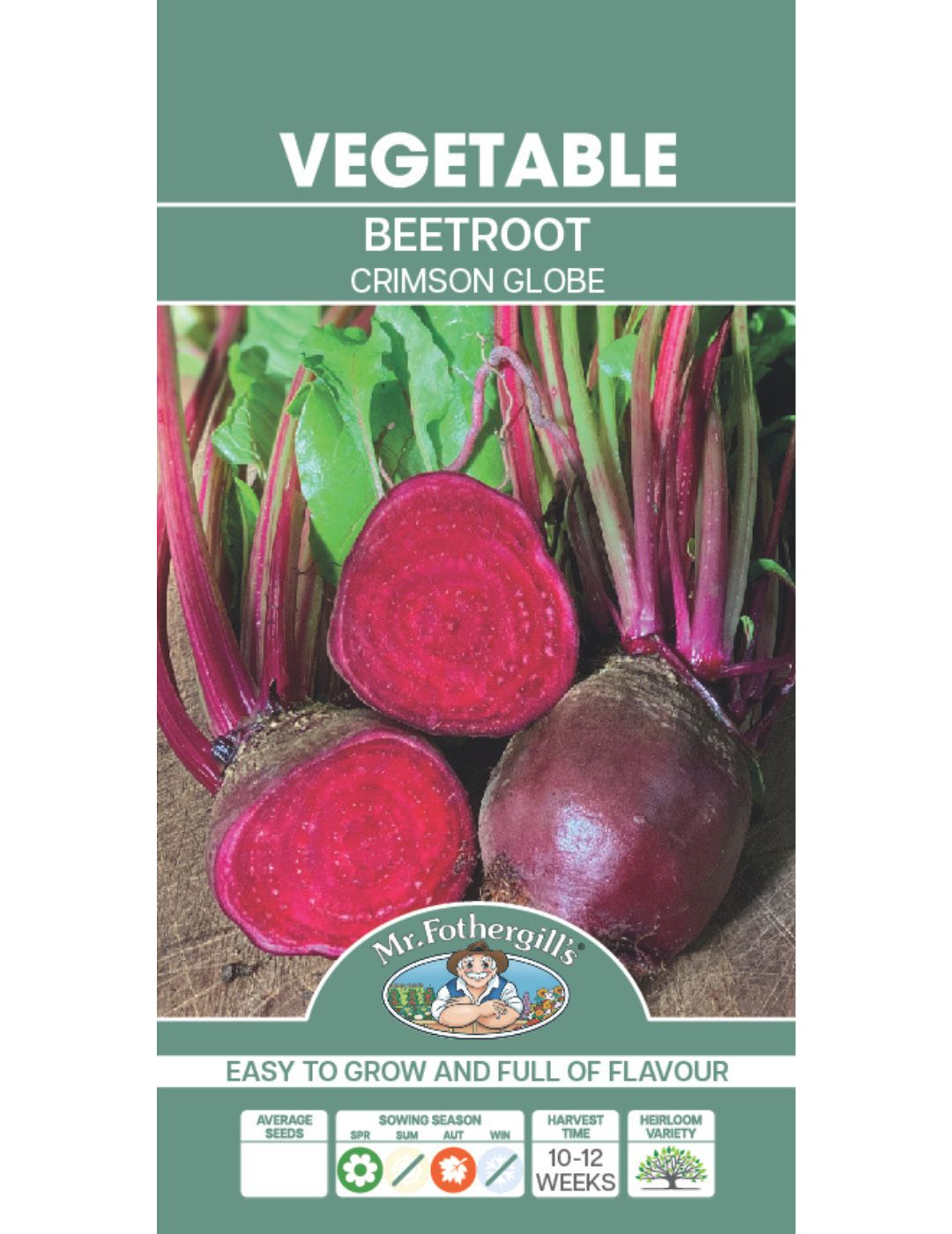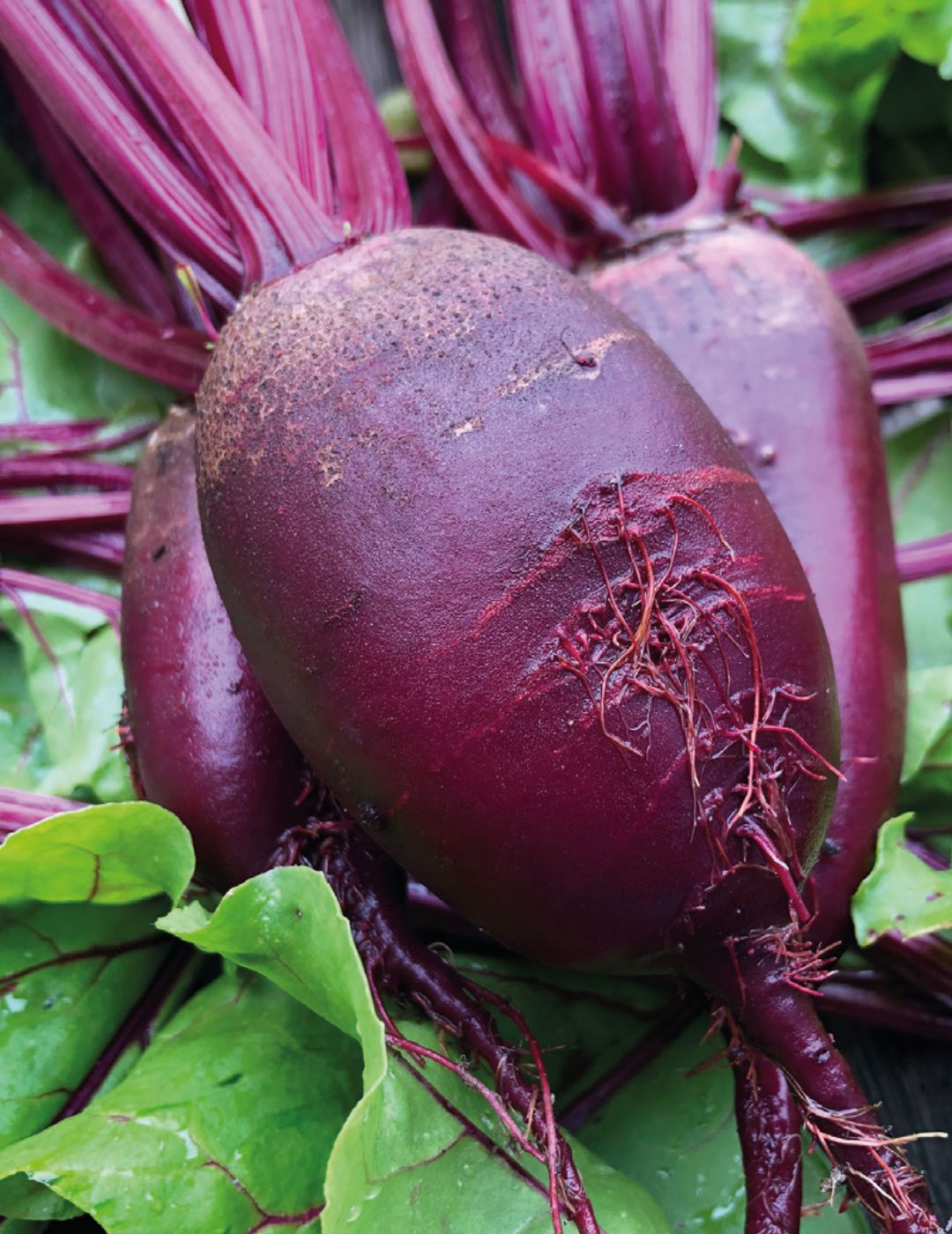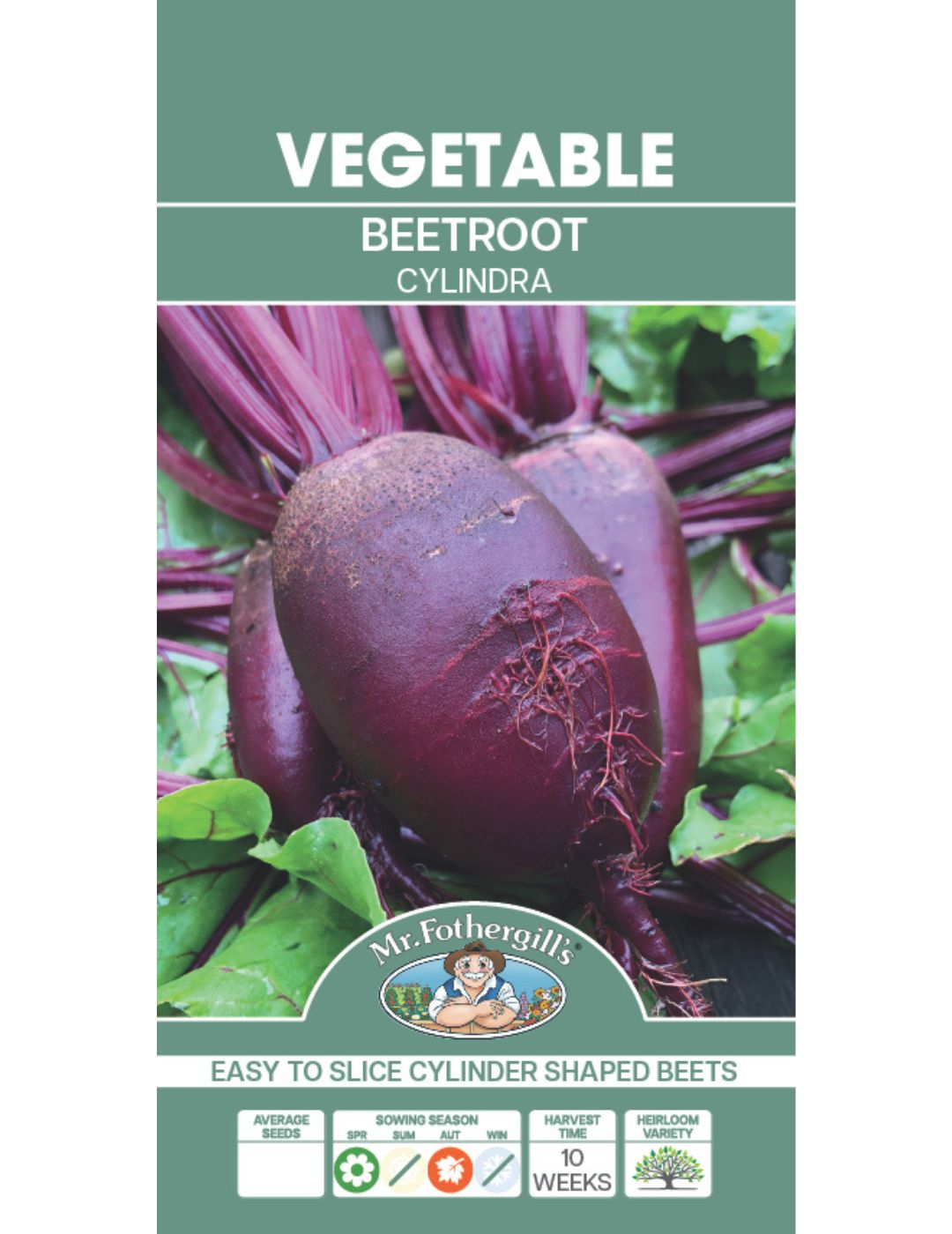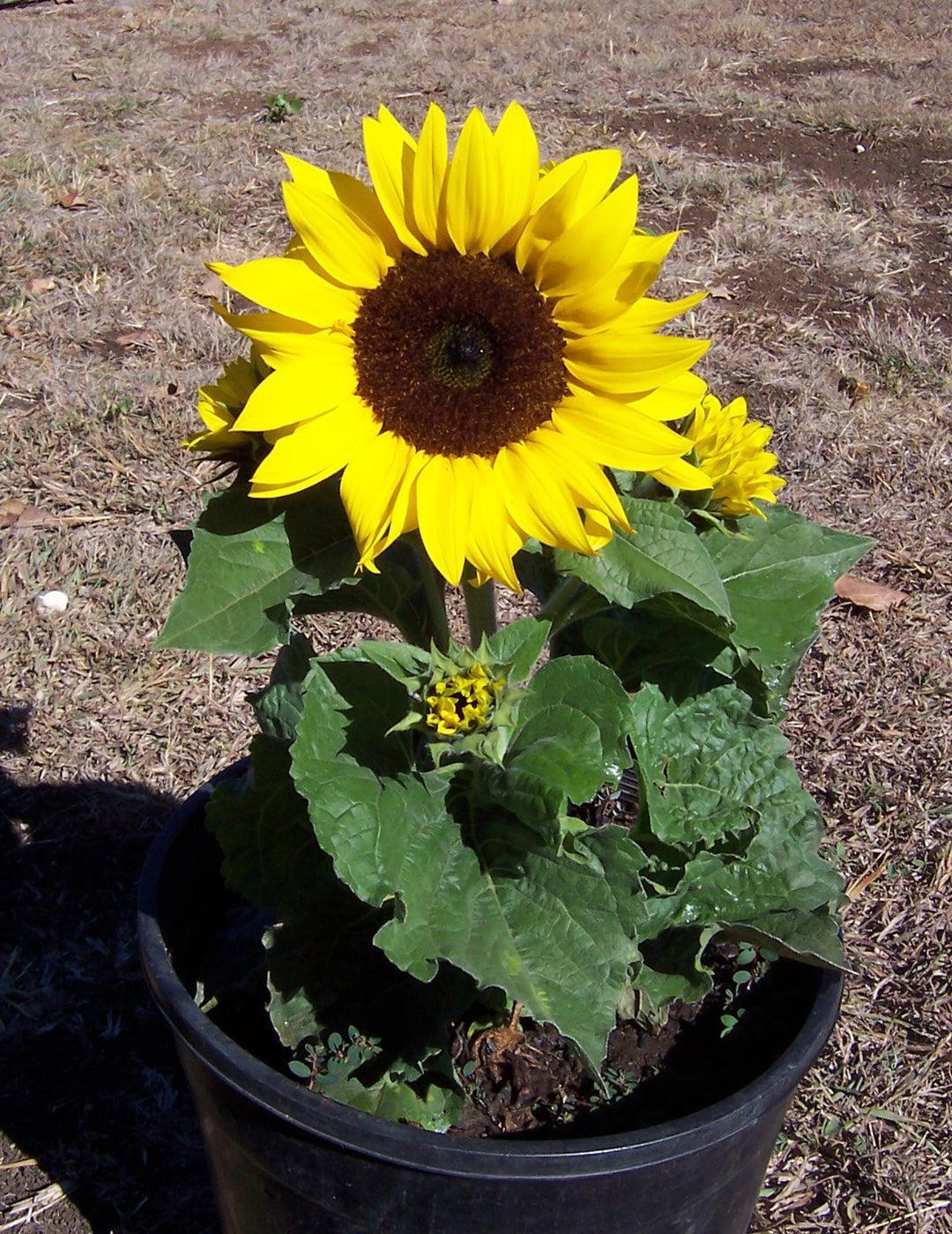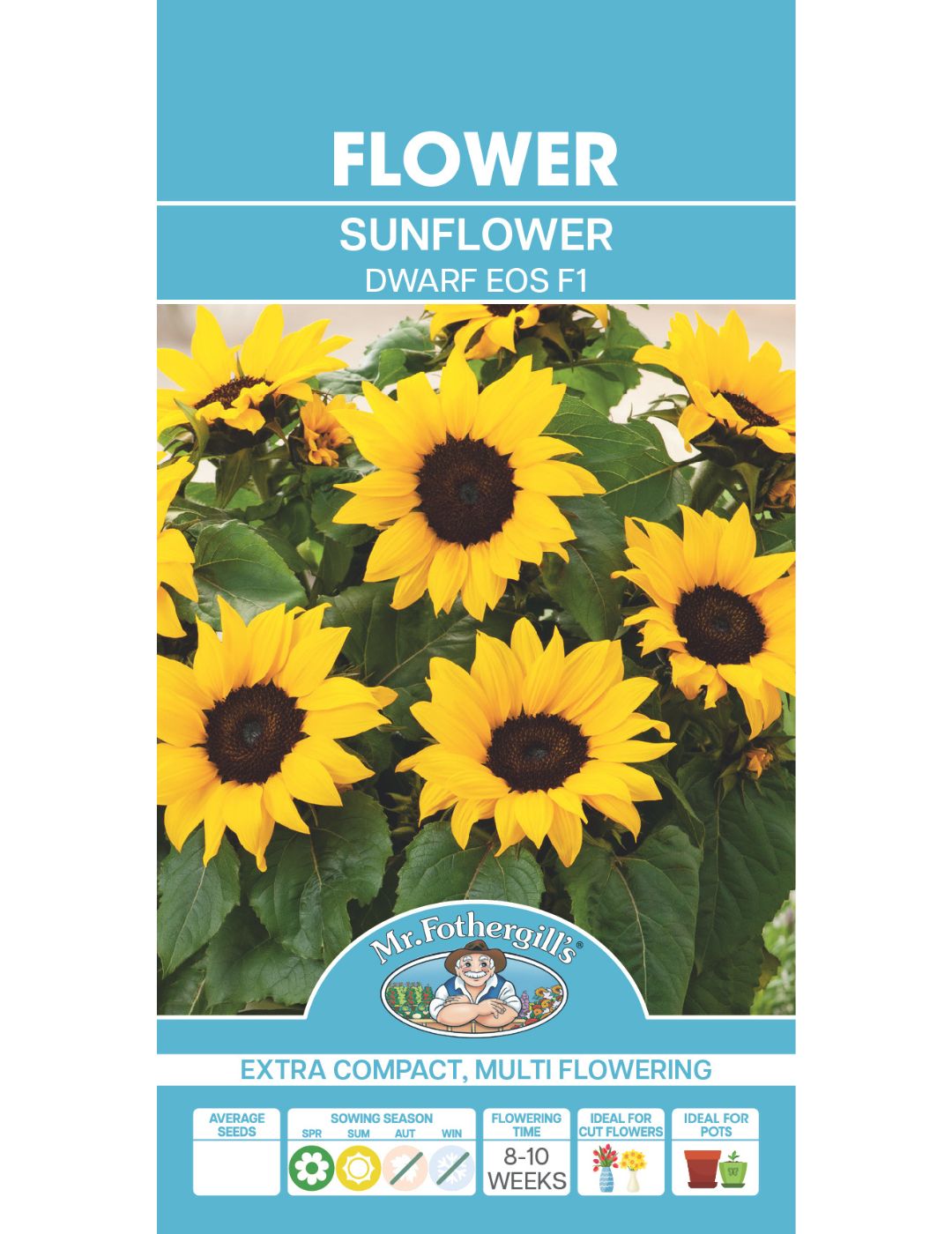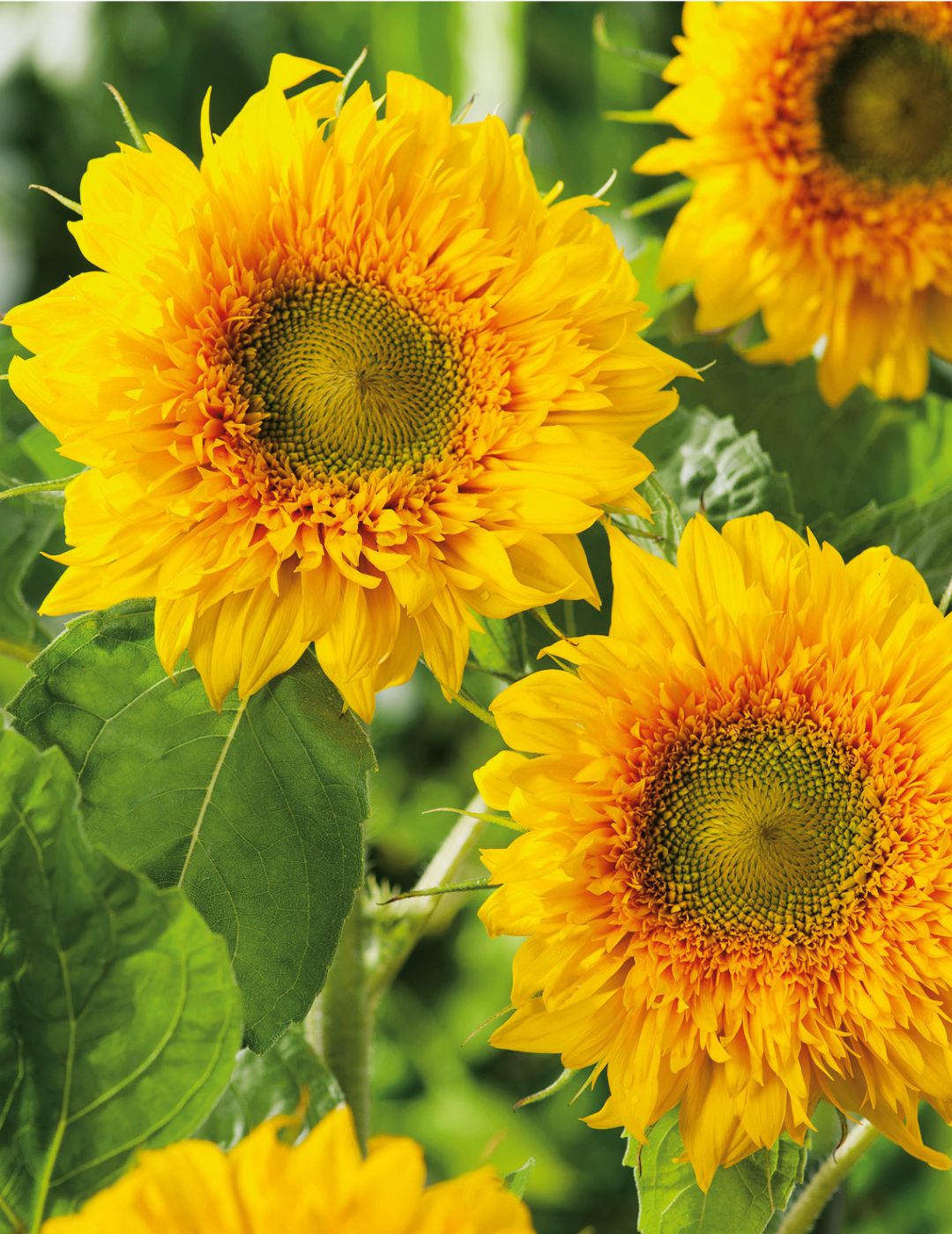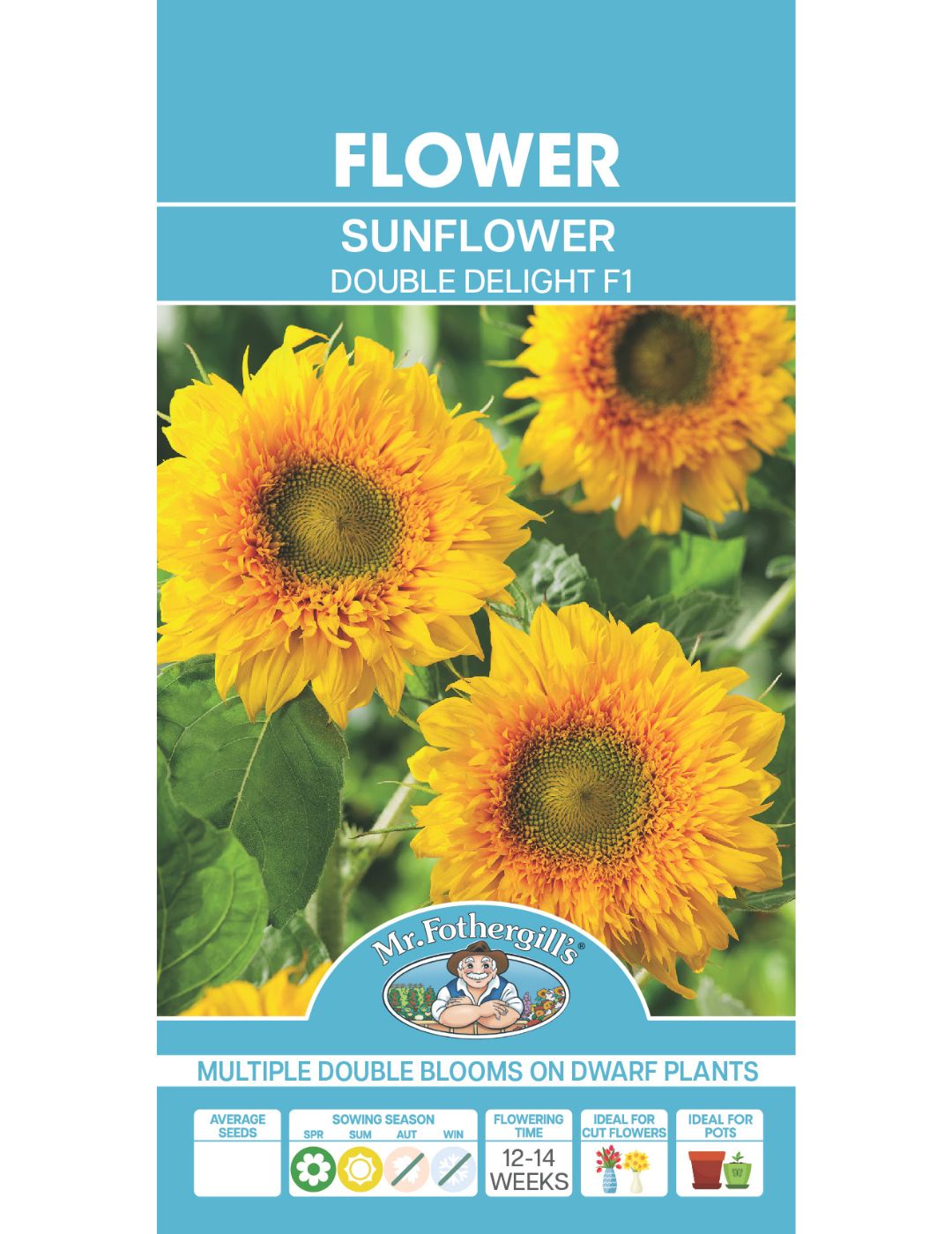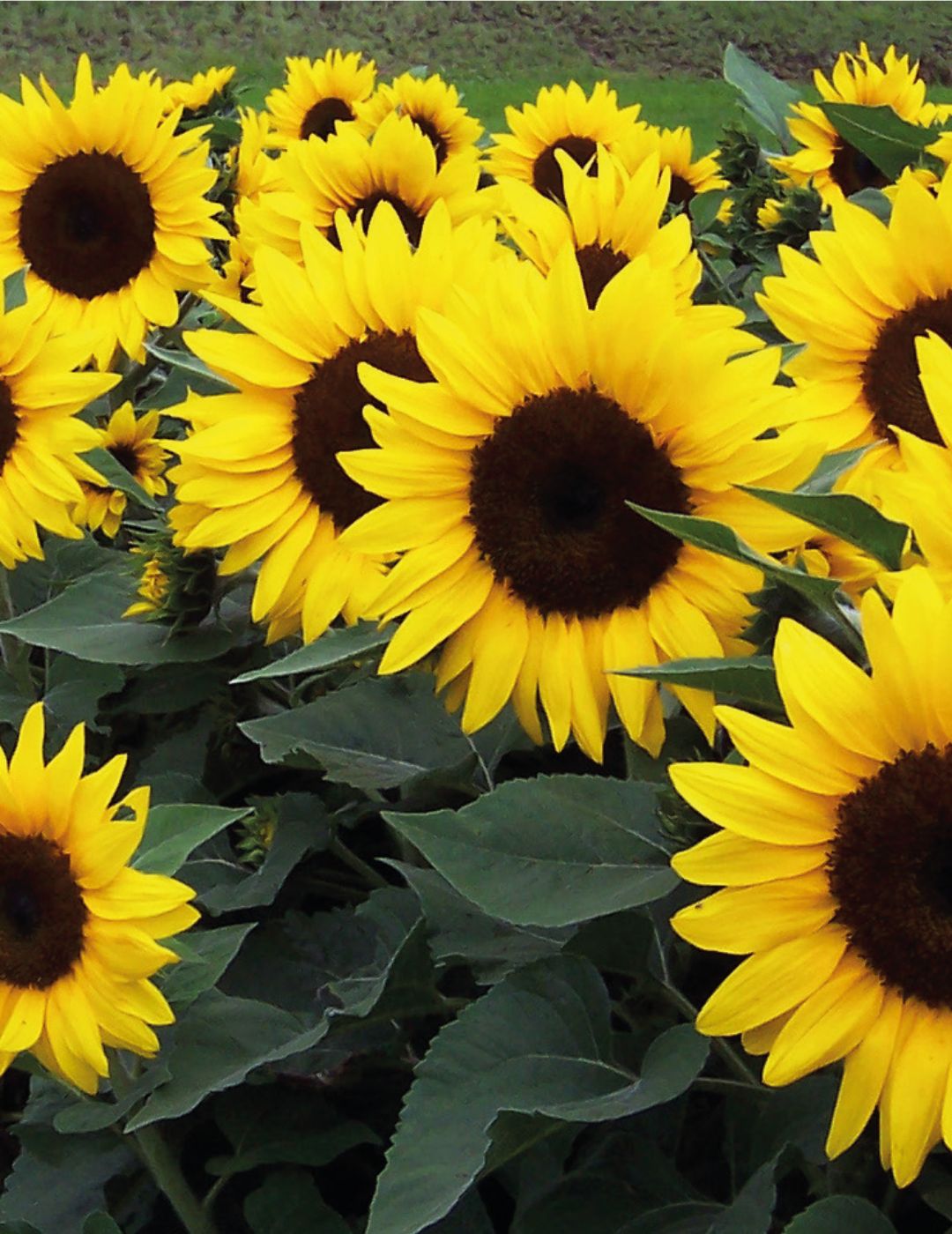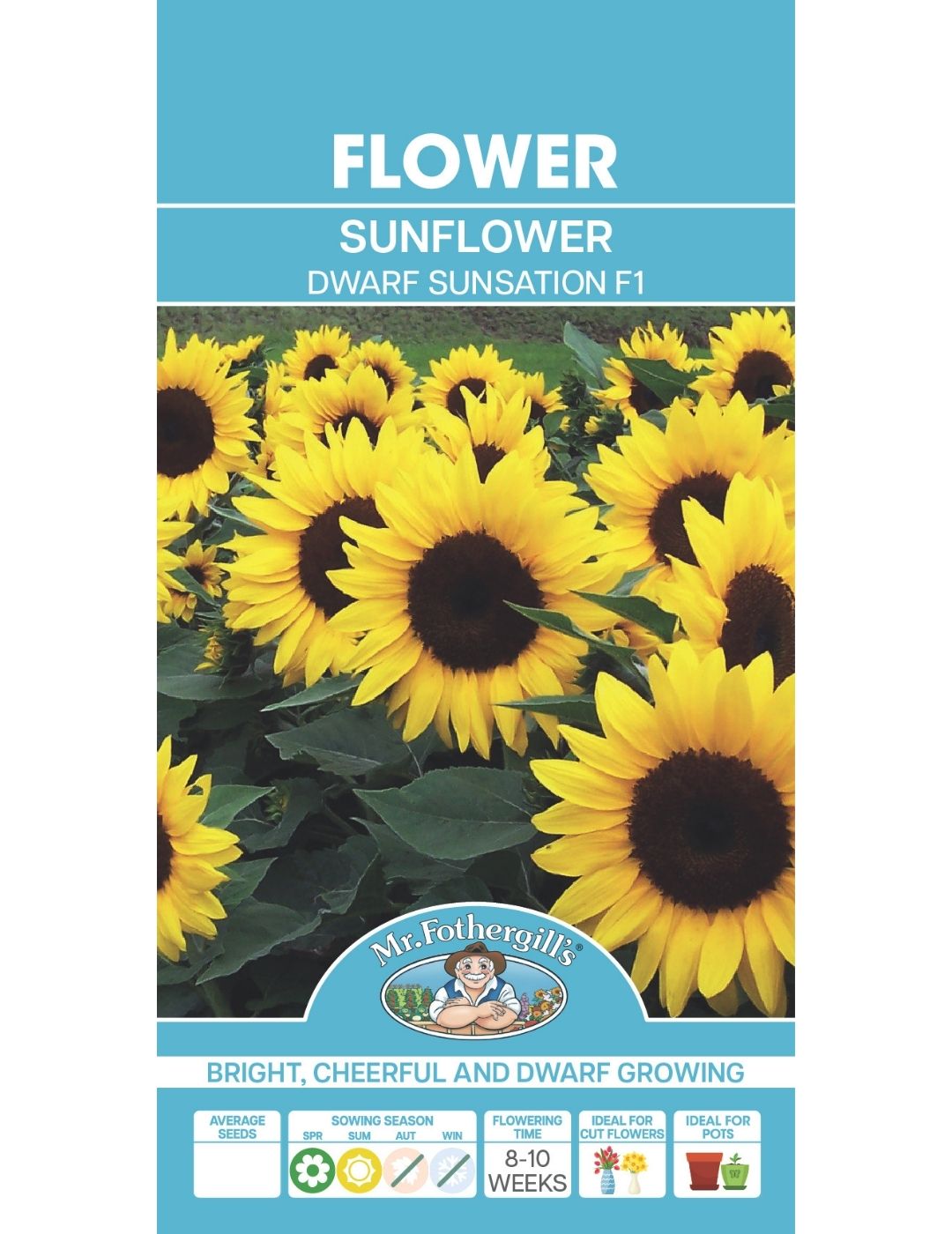Green manure is a vital part of soil management and integral for growing vegetable seeds successfully. In this article, we’ll explain how to use green manure crops to bring your veggie garden to life!
What Is a Green Manure Crop?
Green manure, or cover crops, are fast-growing crops specifically grown to be dug back into the soil. Their role is to improve soil structure and return vital nutrients to the soil, but their use has dwindled recently with the rising popularity of quick fixes like synthetic fertilisers.
How Does Green Manure Work?
Green manures draw nutrients up from deep within the soil and store them in plant cells. The result is when they’re dug back into the soil, they slowly release as the plant breaks down. Legumes also have the added benefit of fixing nitrogen and returning this to the soil.
Green manure crops also act as weed suppressors between plantings. By out-competing undesirable weeds and aerating compacted ground, they successfully prevent hydrophobic soil and erosion. Some even have the added benefit of fumigating the soil, which controls root-knot nematodes and fungal pathogens.
Which Green Manure Crops Should I Sow?
You may be surprised to learn that anything can be used as a green manure crop (within reason) but some work better than others. Things to consider when selecting a green manure crop include:
Will Seeds Germinate and Grow at the Time of Sowing?
Choose something suitable for your climate and the time of year that you are sowing. Cool climate crops such as pea seeds, radish seeds, and lupin seeds are perfect for autumn/winter. For warmer seasons, consider crops such as marigold seeds, beetroot seeds, and even sunflower seeds for spring/summer.
What soil improvements do you need?
For nitrogen-fixing, choose legumes such as peas, beans, lucerne, clover, and lupins. For aeration look for varieties with long/comprehensive root systems. If fumigation is your main focus, plant marigolds, brassicas or mustards.
How easy are they to dig back into the soil?
Woody-stemmed plants may be OK if using machinery to dig in, but for the smaller home garden be sure to use crops with soft stems that are easy to hand-turn and will break down in an appropriate timeframe. Ryes and many clovers are notorious for being hard to turn so avoid these if you're not in for a huge workout!
What soil type do you have?
Not all crops will grow in all soil types. Select something suitable for your soil type and pH.
What are you planting in the garden next?
Some crops may interfere with your rotations so be sure to use a variety that complements your next crop rotation. Mustards are part of the brassica family and therefore may negatively affect future brassica crops.
There is no harm in using a mix of seeds for your green manure crop it is quite beneficial to sow a mix to ensure the best coverage and success.
How to Grow Your Green Manure Crop
- Prepare your soil as you would for general sowing, removing weeds, breaking up clods, and loosening the soil.
- Check the seed packet for instructions on how best to sow.
- Broadcast the seed onto the ground ensuring good coverage, then lightly rake to cover.
- Water in well.
- Once grown and before flowering (approximately 4-6 weeks), cut down your crop by hand or using a clean, weed-free mower.
- Green manure should be dug in before they flower. This is when they start to consume many of the nutrients stored (especially nitrogen). If green manure is left to go to seed, new plants will grow, which may compete with your crops.
- Depending on when you want to start planting, you can either dig the crop in or lay the crop on the surface as a mulch. The former takes longer to complete but the results are much better.
- If you're in no rush to get planting, proceed to dig the crop into the top layers of soil and repeat digging a few weeks later.
- After approx 2-4 weeks your garden will be ready for its next sowing.
If you're in a hurry to get planting you can lay the manure crop on the surface more as a mulch.



